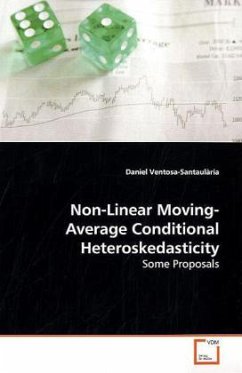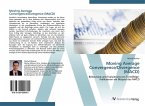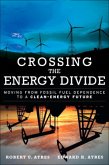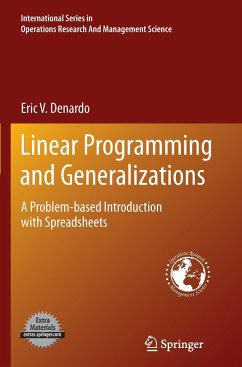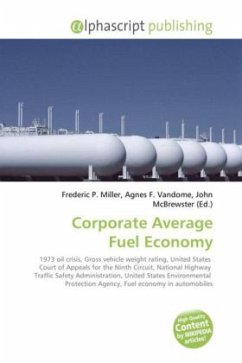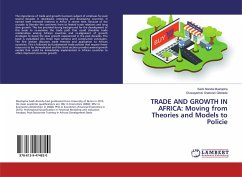Heteroskedastic Conditional Variance Modeling is a
particularly rich branch of Econometrics. Despite its
young age, the literature embracing variance models
is indeed impressive. Statistical treatment of
financial time series has been profoundly enlarged by
this class of models. Many characteristics of
financial variables (leptokurticity, asymmetry,...)
can now be modeled. Of course, in the search for
better adjustment, the complexity has been
significantly increased at a non-trivial cost. In
this book we introduce three simple specifications
based upon Robinson s (1977) NLMA model: QMACH,
NLMACH and PLMVES. The first proposal belongs to the
NLMA class whilst the second one is closely related
to it. Both possess similar properties as those of
the ARCH-class. Our last proposal, PLMVES, also
considers long-memory by means of a new concept:
Pseudo Long-Memory, an artifact allowing for long-
memory modeling. These variance models have
advantages none of the inspiring sources (ARCH and
NLMA) possess. This book may help economists in their
quest for a better comprehension of the variance of
economic variables, particularly in the modeling of
financial volatility.
particularly rich branch of Econometrics. Despite its
young age, the literature embracing variance models
is indeed impressive. Statistical treatment of
financial time series has been profoundly enlarged by
this class of models. Many characteristics of
financial variables (leptokurticity, asymmetry,...)
can now be modeled. Of course, in the search for
better adjustment, the complexity has been
significantly increased at a non-trivial cost. In
this book we introduce three simple specifications
based upon Robinson s (1977) NLMA model: QMACH,
NLMACH and PLMVES. The first proposal belongs to the
NLMA class whilst the second one is closely related
to it. Both possess similar properties as those of
the ARCH-class. Our last proposal, PLMVES, also
considers long-memory by means of a new concept:
Pseudo Long-Memory, an artifact allowing for long-
memory modeling. These variance models have
advantages none of the inspiring sources (ARCH and
NLMA) possess. This book may help economists in their
quest for a better comprehension of the variance of
economic variables, particularly in the modeling of
financial volatility.

